-
 Bitcoin
Bitcoin $84,363.4844
-0.21% -
 Ethereum
Ethereum $2,281.7540
-3.14% -
 Tether USDt
Tether USDt $0.9986
0.00% -
 XRP
XRP $2.1907
-1.41% -
 BNB
BNB $604.3531
-1.85% -
 Solana
Solana $137.1770
0.64% -
 USDC
USDC $0.9998
0.00% -
 Dogecoin
Dogecoin $0.2058
-0.09% -
 Cardano
Cardano $0.6435
-1.70% -
 TRON
TRON $0.2270
-0.64% -
 Chainlink
Chainlink $15.0530
-3.11% -
 Litecoin
Litecoin $126.2569
-1.40% -
 Avalanche
Avalanche $22.3511
1.40% -
 Sui
Sui $2.7977
-4.65% -
 Stellar
Stellar $0.2810
-3.02% -
 UNUS SED LEO
UNUS SED LEO $9.2152
1.47% -
 Shiba Inu
Shiba Inu $0.0...01440
-0.35% -
 Toncoin
Toncoin $3.3970
-3.53% -
 Hedera
Hedera $0.1988
0.15% -
 Polkadot
Polkadot $4.9172
1.82% -
 MANTRA
MANTRA $7.4032
2.44% -
 Hyperliquid
Hyperliquid $20.6572
3.12% -
 Ethena USDe
Ethena USDe $0.9989
0.02% -
 Bitcoin Cash
Bitcoin Cash $295.5761
-0.66% -
 Dai
Dai $0.9998
0.01% -
 Bitget Token
Bitget Token $4.1211
2.20% -
 Uniswap
Uniswap $7.7986
-2.29% -
 Monero
Monero $207.6513
-2.96% -
 NEAR Protocol
NEAR Protocol $3.0427
-0.41% -
 Aptos
Aptos $6.0970
2.68%
Are there any plans to change the tokenomics of altcoins?
Tokenomics changes in altcoins, such as token burns and staking rewards, aim to enhance value, utility, and long-term adoption by shaping the token's economics and encouraging holder participation.
Jan 02, 2025 at 10:23 pm
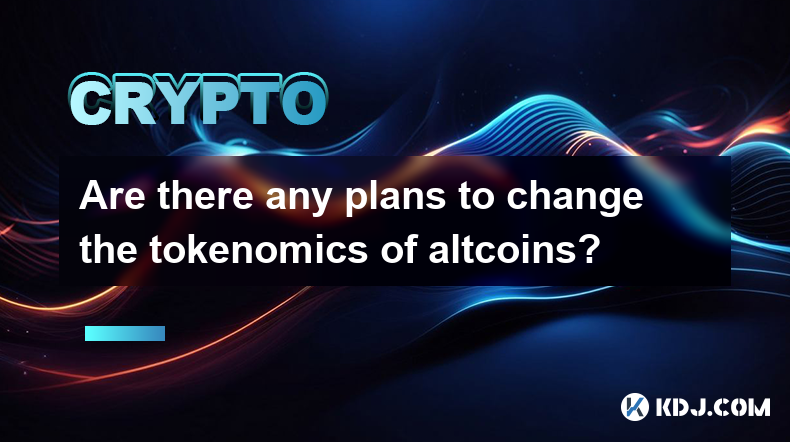
Understanding the Evolving Tokenomics of Altcoins: Exploring Potential Changes and Impacts
Key Points:
- Tokenomics refers to the characteristics and economics of a cryptocurrency token.
- Altcoins are cryptocurrencies other than Bitcoin, often with distinct tokenomics.
- Changes to tokenomics can impact the value, adoption, and use cases of altcoins.
Potential Changes to Altcoin Tokenomics:
1. Token Burn Mechanisms:
- Involves destroying a portion of the token supply to reduce availability and potentially increase value.
- Can be implemented as regular burns or triggered by specific events (e.g., milestones, transaction volume).
- Examples: Binance Coin (BNB) and Terra (LUNA) have successfully implemented token burn programs.
2. Staking and Reward Systems:
- Encourages holders to lock their tokens for a period, earning rewards in return.
- Provides incentives for long-term holding and contributes to network security.
- Examples: Cardano (ADA) and Polkadot (DOT) offer staking rewards for participating in network governance and securing transactions.
3. Tokenomics Upgrades:
- Changes to existing tokeneconomics to address specific issues or enhance features.
- Can include adjustments to token supply, emission rates, or distribution mechanisms.
- Examples: Chainlink (LINK) underwent a tokenomics upgrade in 2021 to increase the token's utility and reduce volatility.
4. Governance and Community Driven Changes:
- Implementation of decentralized governance models, giving token holders voting rights on tokenomics-related decisions.
- Allows for community involvement and responsiveness to evolving market conditions.
- Examples: MakerDAO (MKR) and Uniswap (UNI) have implemented governance mechanisms to empower token holders.
5. Adoption and Use Case Expansion:
- Adoption of altcoins by businesses, exchanges, and individuals can drive demand and impact tokenomics.
- Expanding use cases beyond speculation, such as in decentralized finance (DeFi), gaming, or supply chain management, can increase value and utility.
- Examples: Solana (SOL) has gained traction as a platform for DeFi applications, while Helium (HNT) is used in decentralized wireless networks.
FAQs:
Q: What are the benefits of tokenomics changes?
- Can increase value by reducing token supply.
- Enhance utility by implementing staking and reward systems.
- Improve governance and transparency by empowering token holders.
- Drive adoption and expand use cases, leading to increased demand.
Q: What are the risks of tokenomics changes?
- Unintended consequences on token value and stability.
- Loss of control over token economics by the development team.
- Manipulation of tokenomics to benefit certain stakeholders.
- Reduced flexibility in responding to market changes.
Q: How can investors track potential tokenomics changes?
- Monitor official announcements and updates from altcoin projects.
- Join community forums and follow social media channels for project updates.
- Use tokenomics analysis tools to evaluate changes and potential impacts.
- Consult with industry experts and financial advisors for informed investment decisions.
Disclaimer:info@kdj.com
The information provided is not trading advice. kdj.com does not assume any responsibility for any investments made based on the information provided in this article. Cryptocurrencies are highly volatile and it is highly recommended that you invest with caution after thorough research!
If you believe that the content used on this website infringes your copyright, please contact us immediately (info@kdj.com) and we will delete it promptly.
- Will Elon Musk Succeed in Boosting Dogecoin to $1, or Is It Merely Hopeful Thinking?
- 2025-02-28 07:05:32
- BsvCloud Reigns Supreme: Top 5 Cloud Mining Platforms for Bitcoin & Dogecoin in 2025
- 2025-02-28 07:05:32
- Bitcoin's Price Hit a Three-Month Low This Week Sparking Questions About Why Its Value Is Dropping Despite the U.S. Government Being the Most Pro-Bitcoin Government in History
- 2025-02-28 07:05:32
- Depository Trust and Clearing Corporation listed the first Solana-based futures products
- 2025-02-28 07:05:32
- Solana and XRP struggle as the market shifts to high-growth opportunities, with Rollblock gaining massive whale attention.
- 2025-02-28 07:05:32
- Solana Community to Review a Governance Proposal, SIMD-0228, Aiming to Drastically Cut the Network's Token Inflation Rate by 80%
- 2025-02-28 07:05:32
Related knowledge
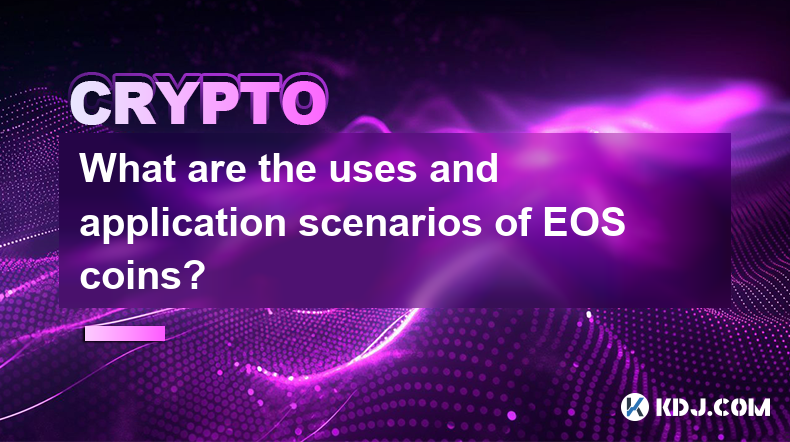
What are the uses and application scenarios of EOS coins?
Feb 26,2025 at 09:54pm
EOS: Decentralized Infrastructure for Scalable Blockchain ApplicationsKey Points:EOS enables the creation and deployment of decentralized applications with unparalleled scalability and efficiency.Its unique architecture features a high-throughput blockchain with zero transaction fees and the ability to process millions of transactions per second.EOS is ...
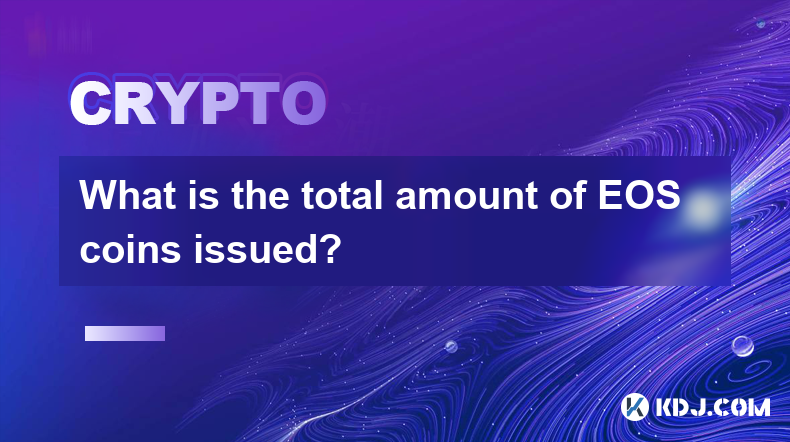
What is the total amount of EOS coins issued?
Feb 26,2025 at 06:24pm
Key PointsTotal Supply: Understand the concept of initial supply and its impact on EOS tokenomicsSupply Dynamics: Explore the various factors that affect EOS supply, including inflation and staking incentivesMarket Capitalization vs. Circulating Supply: Delve into the nuances between these metrics and their significance in token valuationDistribution an...
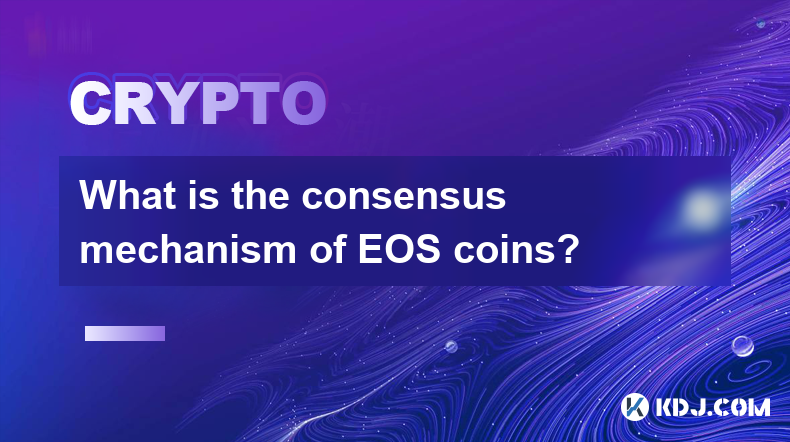
What is the consensus mechanism of EOS coins?
Feb 26,2025 at 11:19am
Key Points:EOSIO: The Foundation of EOS's Consensus MechanismDPOS: Delegated Proof-of-StakeBlock Producer ElectionsContinuous Block ProductionBlock Validation and IrreversibilityConsensus and Fork PreventionCommunity Governance and VotingWhat is the Consensus Mechanism of EOS Coins?EOS, an innovative blockchain platform, employs a unique consensus mecha...
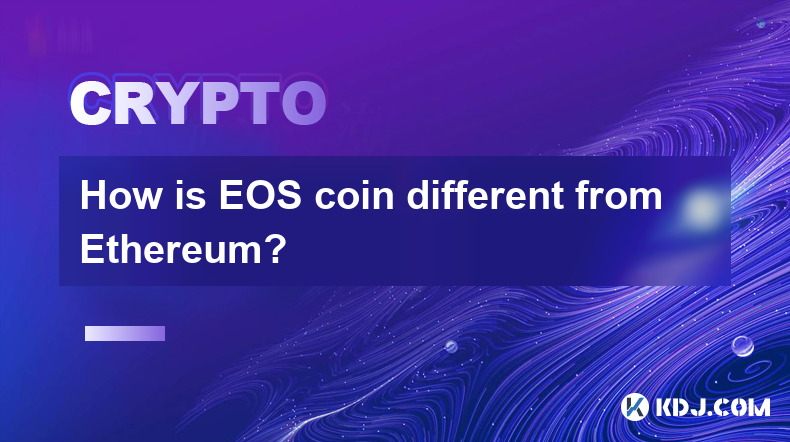
How is EOS coin different from Ethereum?
Feb 26,2025 at 10:48am
Key Points:Overview of EOS and EthereumDifferences in Consensus MechanismsAdvantages and Limitations of Each PlatformUse Cases and Target AudiencesComparison of Transaction Fees and ScalabilityCommunity Support and Development ActivityHow is EOS Coin Different from Ethereum?1. Overview of EOS and EthereumEOS and Ethereum are two of the most popular bloc...
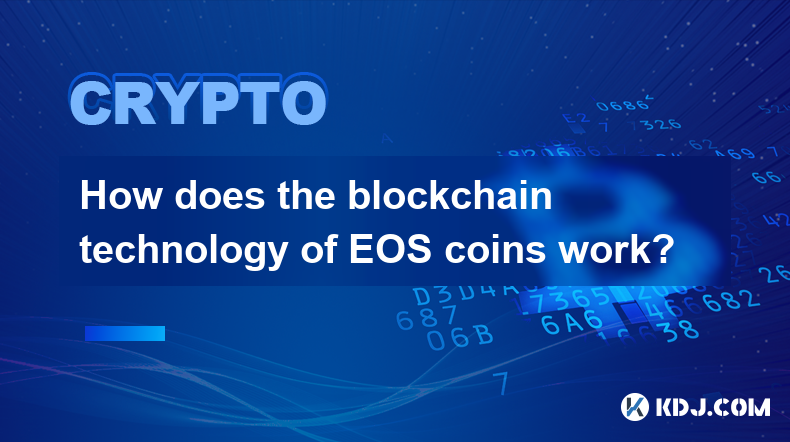
How does the blockchain technology of EOS coins work?
Feb 25,2025 at 11:13pm
Key PointsEOS is a blockchain platform that provides a high-throughput and scalable solution for decentralized applications.EOS uses a delegated proof-of-stake (DPoS) consensus mechanism to elect block producers and maintain the blockchain.EOSIO, the open-source software that powers EOS, offers a range of developer tools and features to facilitate the c...
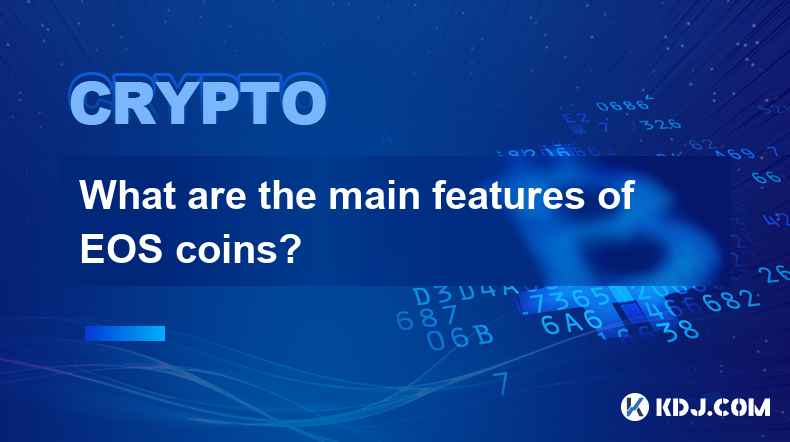
What are the main features of EOS coins?
Feb 27,2025 at 04:36pm
Key Points:EOS is a decentralized blockchain platform designed for building scalable and secure applications.EOS uses a unique consensus mechanism called Delegated Proof of Stake (DPoS), which improves transaction speed and efficiency.EOS has a robust ecosystem with a wide range of decentralized applications (dApps) and tools.EOS is known for its low tr...

What are the uses and application scenarios of EOS coins?
Feb 26,2025 at 09:54pm
EOS: Decentralized Infrastructure for Scalable Blockchain ApplicationsKey Points:EOS enables the creation and deployment of decentralized applications with unparalleled scalability and efficiency.Its unique architecture features a high-throughput blockchain with zero transaction fees and the ability to process millions of transactions per second.EOS is ...

What is the total amount of EOS coins issued?
Feb 26,2025 at 06:24pm
Key PointsTotal Supply: Understand the concept of initial supply and its impact on EOS tokenomicsSupply Dynamics: Explore the various factors that affect EOS supply, including inflation and staking incentivesMarket Capitalization vs. Circulating Supply: Delve into the nuances between these metrics and their significance in token valuationDistribution an...

What is the consensus mechanism of EOS coins?
Feb 26,2025 at 11:19am
Key Points:EOSIO: The Foundation of EOS's Consensus MechanismDPOS: Delegated Proof-of-StakeBlock Producer ElectionsContinuous Block ProductionBlock Validation and IrreversibilityConsensus and Fork PreventionCommunity Governance and VotingWhat is the Consensus Mechanism of EOS Coins?EOS, an innovative blockchain platform, employs a unique consensus mecha...

How is EOS coin different from Ethereum?
Feb 26,2025 at 10:48am
Key Points:Overview of EOS and EthereumDifferences in Consensus MechanismsAdvantages and Limitations of Each PlatformUse Cases and Target AudiencesComparison of Transaction Fees and ScalabilityCommunity Support and Development ActivityHow is EOS Coin Different from Ethereum?1. Overview of EOS and EthereumEOS and Ethereum are two of the most popular bloc...

How does the blockchain technology of EOS coins work?
Feb 25,2025 at 11:13pm
Key PointsEOS is a blockchain platform that provides a high-throughput and scalable solution for decentralized applications.EOS uses a delegated proof-of-stake (DPoS) consensus mechanism to elect block producers and maintain the blockchain.EOSIO, the open-source software that powers EOS, offers a range of developer tools and features to facilitate the c...

What are the main features of EOS coins?
Feb 27,2025 at 04:36pm
Key Points:EOS is a decentralized blockchain platform designed for building scalable and secure applications.EOS uses a unique consensus mechanism called Delegated Proof of Stake (DPoS), which improves transaction speed and efficiency.EOS has a robust ecosystem with a wide range of decentralized applications (dApps) and tools.EOS is known for its low tr...
See all articles

















































































